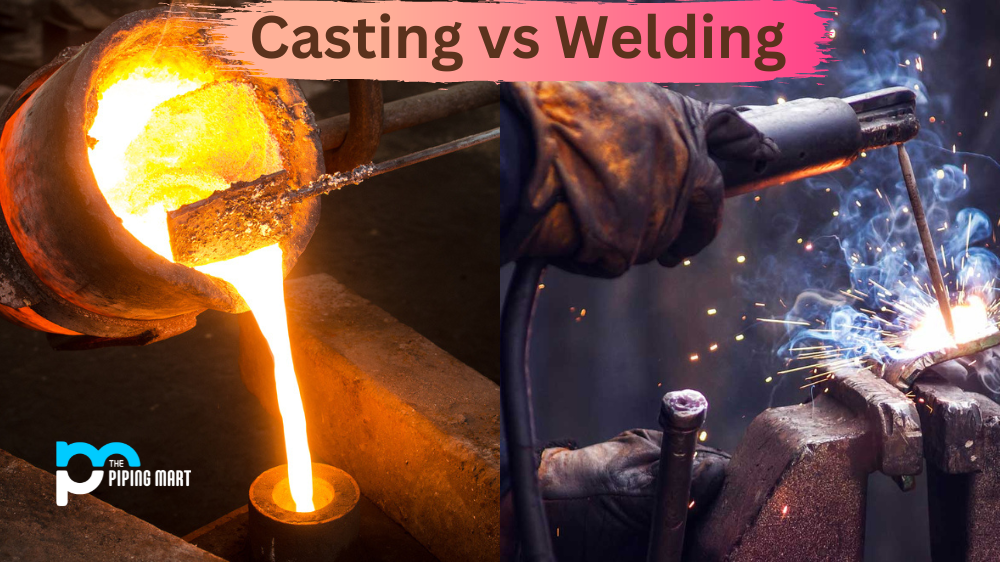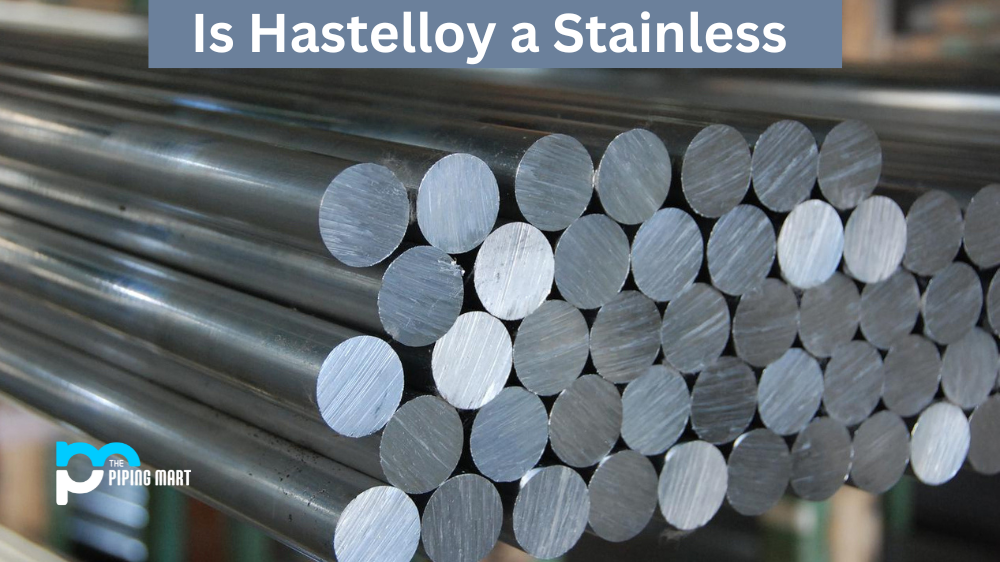Casting and welding are two processes used to shape metal into specific shapes. Each process has its own benefits and drawbacks, so it is important to understand the differences between them in order to determine which one is best for your project. In this post, we’ll discuss both casting and welding in detail and provide a comparison of the two methods.
Casting
Casting is a process in which metal is heated until it becomes molten and then poured into a mould that has been designed for the desired shape. This mould can be made from sand, plaster, or other materials. The molten metal cools in the mould and takes on the shape of the mould before being removed. This process can be used to make almost any shape imaginable, such as complex engine parts or simple jewelry pieces.
Welding
Welding is a process in which two pieces of metal are joined together by melting them at high temperatures with an electric arc or gas flame. The melted metals are then bonded together when they cool down. This process can be used to join two pieces of metal together in order to create larger structures or objects such as pipes or frames. Welding also allows you to combine different types of metals, such as steel and aluminium.
Difference Between Casting and Welding
Comparison
The main difference between casting and welding is that casting creates an object from molten metal, while welding joins two separate pieces together into one object using heat and pressure. Castings can be more intricate than welded parts as they must be designed ahead of time with a special mould for each part desired, whereas welding requires no prior design work and can accommodate changes quickly if needed during the fabrication process. Additionally, castings tend to cost more due to their complexity compared with welded parts which are generally easier and faster to fabricate with fewer components needed for assembly.
Cost
Casting is typically more expensive than welding, as it requires more materials and labour.
Strength
Welding is generally stronger than casting, as the welds are more resistant to stress and fatigue.
Weight
Casting is usually heavier than welding, as more material is required.
Surface Finish
Casting can provide a smoother surface finish than welding, as there are no weld lines or other imperfections.
Accuracy
Welding is more accurate than casting, as it allows for tighter tolerances.
Flexibility
Welding is more flexible than casting, as it can be used on a variety of materials.
Conclusion:
When deciding between casting and welding for your next project, it’s important to consider both methods carefully in order to determine which would be most suitable for your needs based on cost efficiency, the complexity of design, speed of fabrication, and other factors. With careful consideration, you can choose the right method for your project so that you get exactly what you need at an affordable price without sacrificing quality or performance standards.

Abhishek is a seasoned blogger and industry expert, sharing his insights and knowledge on various topics. With his research, Abhishek offers valuable insights and tips for professionals and enthusiasts. Follow him for expert advice on the latest trends and developments in the metal industry.




